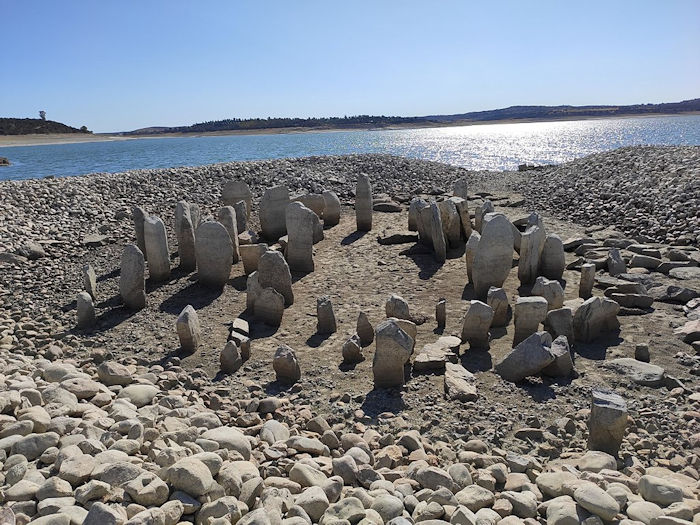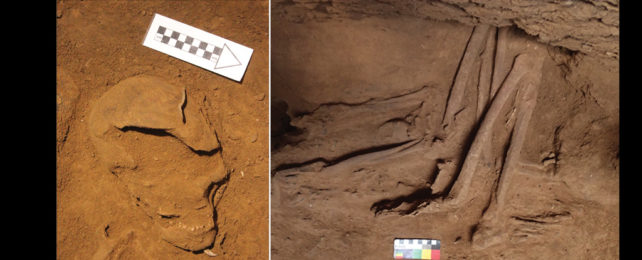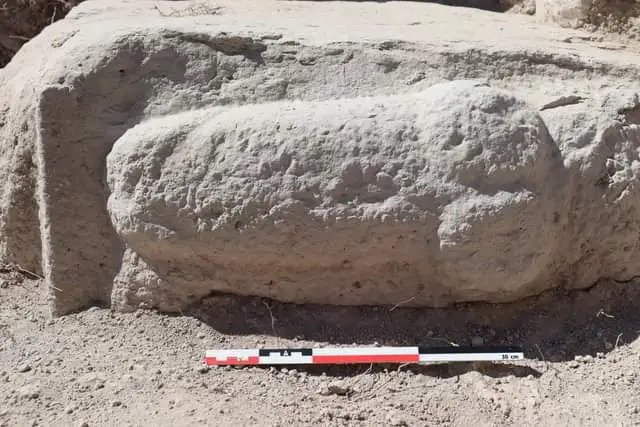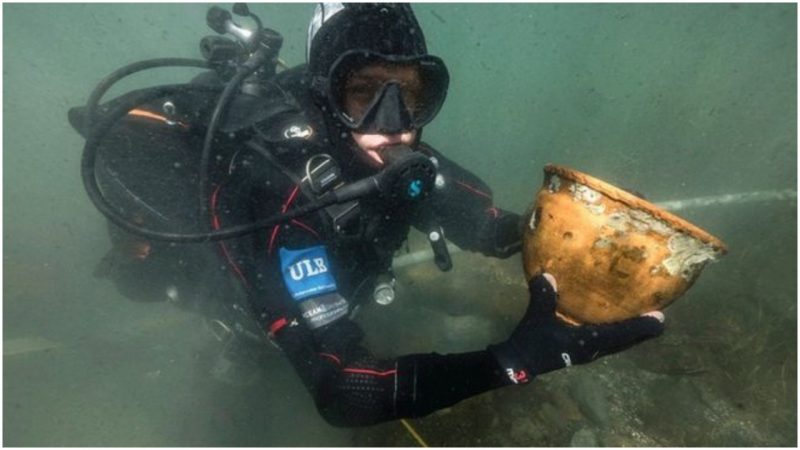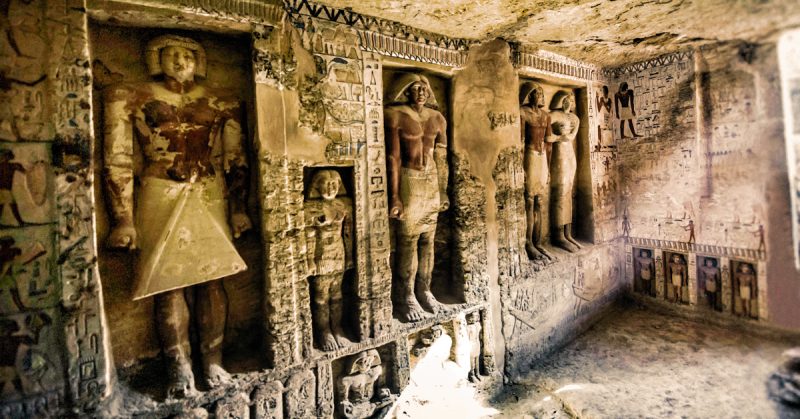Did archaeologists discover the grave of Alexander the Great?
An Egyptian official has claimed that he has evidence that Alexander the Great’s tomb is in Siwa, Egypt, the Egypt Independent reported on Friday.

The report says that Mohamed Omran, the director of Siwa’s Tourism Department, “announced evidence suggesting the potential discovery of the tomb of alexander the Great might be in the Marai area.”
Omran said that between 1995 and 1996 a temple was found in the area that historians believed could be consistent with Alexander the Great’s tomb. Omran also pointed to the discovery of a temple that could be traced back to the Greek and Roman era three years ago.
It is important to note that Omran’s purported evidence has not yet been verified. The tomb of Alexander the Great is considered one of the “Holy Grails” of archaeological discovery and has been said to have been found several times in the past, with each time failing to substantiate any results.
We will have to wait and see if Siwa is truly the home of the Greek leader’s tomb, and if it is, it will be a momentous day in history. Alexander the Great is one of the most exalted figures in history— and the whereabouts of his tomb would command the attention of historians and archaeologists across the world.
The story of Alexander the Great
Alexander III, the “Basileus of Macedon”, the “Hegemon of the Hellenic League”, the “Shahanshah” of Persia, the “Pharaoh” of Egypt and the “Lord of Asia” — better known as Alexander the Great — was one of the most significant figures in human history.
Born in Pella, in modern-day Central Macedonia, northern Greece, in 356 B.C., he was the son of Philip II, the King of Macedon and his wife, Olympias. But Alexander was no royal place-holder. He became renowned at a very early age for both his military and political capabilities.
Alexander, whose name in Greek (Alexandros) means “defender of men”, knew as the son of a king that his destiny was already written, putting him at the forefront of history.
This was why, while he was still a teenager, he began to be tutored by one of Greece’s most respected men, the giant of philosophy and science, Aristotle.
Since his education included philosophy, politics, ethics, and science, Alexander was clearly not brought up to become just a warrior but a thoughtful leader of men and society.
Fate dictated that, following his father’s assassination when Alexander was only twenty, he would take into his hands not only the Kingdom of Macedon but also the generalship of the Hellenic League of Greece.
Several years prior to that, his father Philip II of Macedon had managed to unite most of Greece’s city-states, urging them to address the Persian threat as a united and solid front. Alexander fearlessly took on this enormous responsibility after the death of his father and began the great march of the Hellenes to the East.
The greatest leader of all time
Thousands of soldiers followed him. What is now the modern-day countries of Turkey, Syria, Israel, Egypt, and the entirety of the modern-day Arab world, became Greek in less than ten years’ time. In a few short years, Alexander had conquered all the way east to the western borders of India.
Battle after battle, fight after fight, Alexander and his men were able not only to beat many enemies while conquering the vast Achaemenid Empire but to establish a new status quo which would respect the local people. At the same time, the Greek overlords would introduce into their everyday life and cultural elements of the Greek way of thinking and acting.
Alexander’s original plans included the conquest of the last centimetre of the East. It is recorded in history that he stated his vision was to literally reach “the end of the world”. But Alexander’s long military campaigns finally led his men to demand his return to their beloved homeland of Greece.
Alexander wisely eventually listened to his officers and men, who once had blindly followed him eastward, and he reluctantly began his long journey home from the borders of present-day India.
His plans called for the city of Babylon to become the new capital of his vast empire. But the Fates did not pay heed to the conqueror’s grandiose plans.
Alexander, at the very young age of 33, suddenly fell gravely ill; to this day the cause of his illness remains a mystery. In the span of just a few days, his strong body betrayed him, and he died in his bed.

